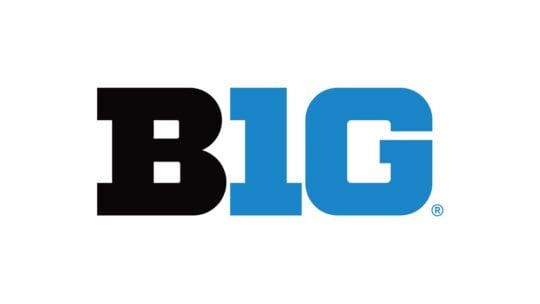
The confusion continues across the country surrounding what is safe and unsafe during the pandemic.
While many colleges, universities and public schools reopened with safety measures in place, several have had to close again due to COVID outbreaks and spread.
This also rings true for businesses. JPMorgan Chase welcomed back traders and staff to its Manhattan location just after Labor Day, only to send employees home this week after a worker contracted the virus.
And the mask debate rages on, most recently with the CDC director going on the record to say masks work, while President Donald Trump contradicted Dr. Robert Redfield’s advice only hours later. During a town hall event with ABC News this week, President Trump claimed “there are a lot of people that think masks are not good." Host George Stephanopoulos pressed Trump on who those people are. "Waiters," the president said.
It’s no surprise that Americans continue to showcase examples of rage, despair and dissolution when it comes to the virus, welcoming any sort of distraction or pattern of normalcy.
Big Ten Makes a Big Choice
This week the Big Ten College Football Conference retracted its August decision to postpone the season. Yesterday, according to ESPN, the Big Ten announced the season will begin the weekend of Oct. 24, after “the league's presidents and chancellors unanimously voted to resume competition, citing daily testing capabilities and a stronger confidence in the latest medical information."
The conference agreed to have no fans in attendance, minus the possibility of players' families.
Also, according to a Big Ten statement, “student-athletes, coaches, trainers and other individuals that are on the field for all practices and games (are required) to undergo daily antigen testing. Test results must be completed and recorded prior to each practice or game. Student-athletes who test positive for the coronavirus through point of contact (POC) daily testing would require a polymerase chain reaction (PCR) test to confirm the result of the POC test.”
The statement also says that every institution will appoint a Chief Infection Officer (CInO) to oversee the collection and reporting of data.
In addition to testing, the Big Ten said, “COVID-19 positive student-athletes will have to undergo comprehensive cardiac testing...Following cardiac evaluation, student-athletes must receive clearance from a cardiologist designated by the university for the primary purpose of cardiac clearance for COVID-19 positive student-athletes. The earliest a student-athlete can return to game competition is 21 days following a COVID-19 positive diagnosis.”
Statements of Contradiction
While the plan to ensure students’ health appears well thought-out and solid, it provokes plenty of questions, particularly owing to the stance the conference took just one month ago. In an open letter to the Big Ten community, posted on the Big Ten website, commissioner Kevin Warren, announced the postponement of the 2020-21 season.
“The vote by the Big Ten Council of Presidents and Chancellors (COP/C) was overwhelmingly in support of postponing fall sports and will not be revisited. The decision was thorough and deliberative, and based on sound feedback, guidance and advice from medical experts.”
In the statement, Warren also acknowledged the uncertainty of the virus, and the difficulty that presented.
“...at the core of our decision was the knowledge that there was too much medical uncertainty and too many unknown health risks regarding SARS-CoV-2 infection and its impact on our student-athletes.”
The August statement said there was no guarantee about controlling spread, even with adequate testing procedures.
“As our teams were ramping up for more intense practices, many of our medical staffs did not think the interventions we had planned would be adequate to decrease the potential spread, even with very regular testing.”
It also acknowledged the seriousness of the spread and the larger campus community.
“As the general student body comes back to campus, spread to student-athletes could reintroduce infection into our athletics community.”
The Sept. 16 statement includes extensive detail about medical and testing processes, but omits mentioning the greater campus community.
One might ask, What changed in 28 days to make it safer for student-athletes to play? How did the conference change its mind so quickly? Was it financial or political pressure? Pressure from fans? From student-athletes and their families?
The message about what’s most important seems muddied, but what matters most are the consequences of this decision.
in a few years, every university holding a 2020 football season's gonna get hit w/ a rash of lawsuits from players who can't play professionally as they'll have developed the longterm cardio-pulmonary damage we know COVID19 causes, even though they were asymptomatic on the field.
— Damien P. Williams, MA, MSc, Tired. (@Wolven) September 17, 2020
Nicole Schuman is a reporter for PRNEWS. Follow her @buffalogal
